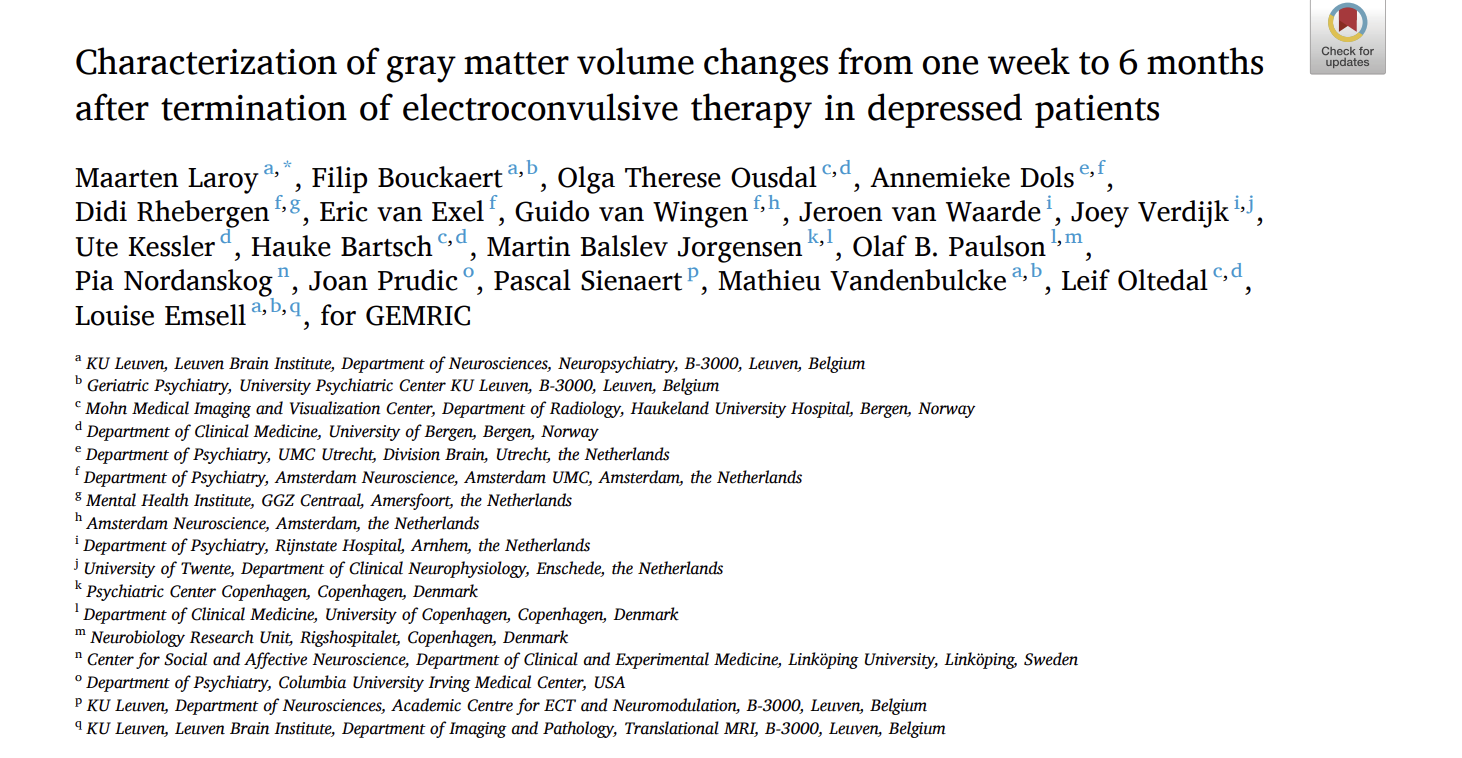ECT in a Patient With Cerebral Aneurysm, Normal Pressure Hydrocephalus With Ventriculoperitoneal Shunt, and Severe Acquired Pyloric Stenosis: Case Report in JECT

Out on PubMed, in JECT, from authors in Germany, is this case report: Electroconvulsive Therapy in a Patient With Cerebral Aneurysm, Normal Pressure Hydrocephalus With Ventriculoperitoneal Shunt, and Severe Acquired Pyloric Stenosis. Jacob T, Grözinger M, Papenfuß T, Mai M, Gahr M. J ECT. 2024 Aug 26. doi: 10.1097/YCT.0000000000001070. Online ahead of print. PMID: 39185885 The abstract is copied below: Cerebral aneurysm (CA), normal pressure hydrocephalus (NPH) with ventriculoperitoneal shunt (VPS), and pyloric stenosis increase the risk of complications related to electroconvulsive therapy (ECT). Whereas there is some evidence for the safety of ECT in patients with CA and NPH with VPS, there is none in patients with pyloric stenosis that increases the risk of aspiration during short anesthesia. A 67-year-old female patient with a small and stable aneurysm of the right anterior cerebral artery, NPH with VPS, and severe pyloric stenosis (as a result of suicidal ingestion of p...










